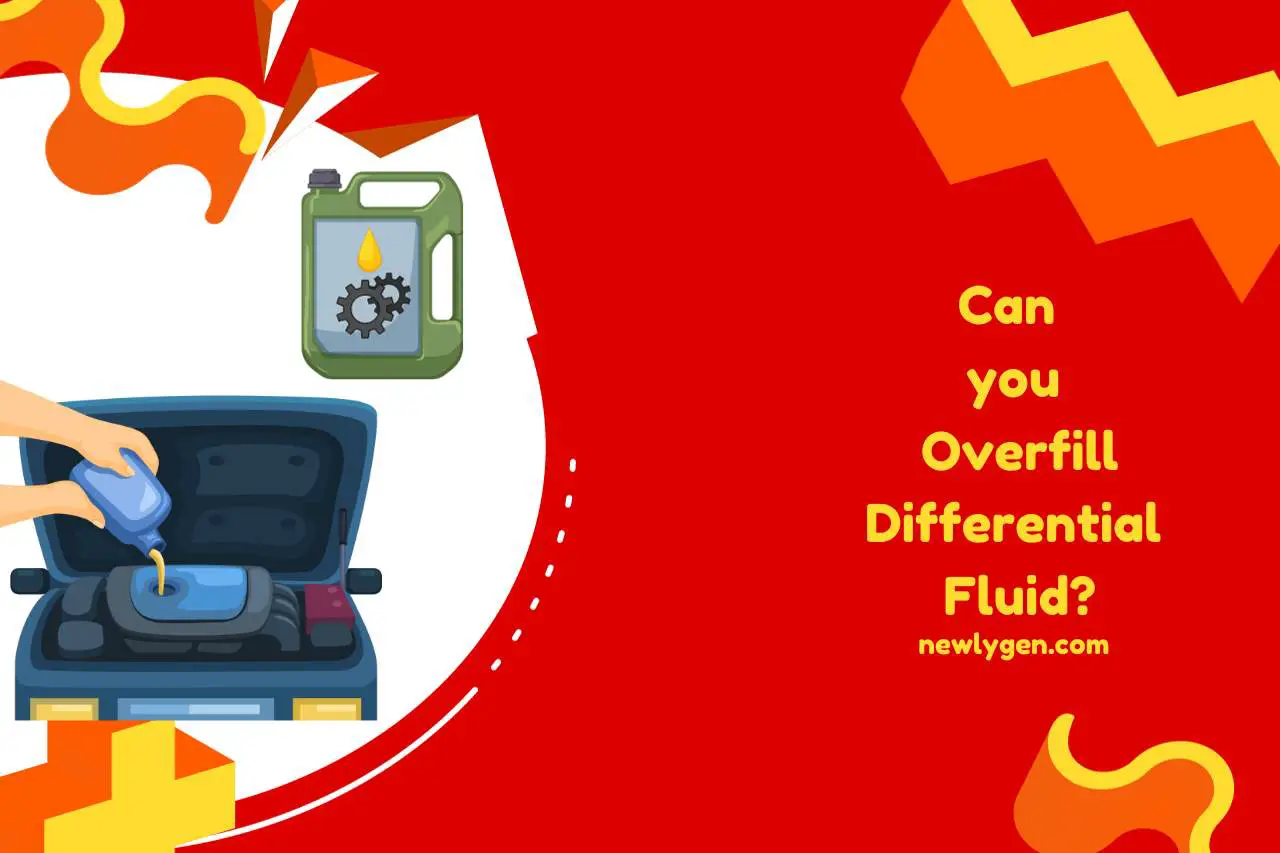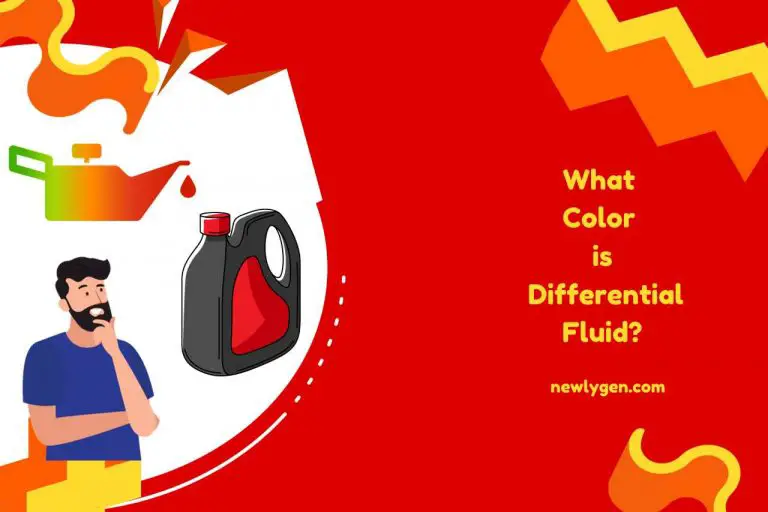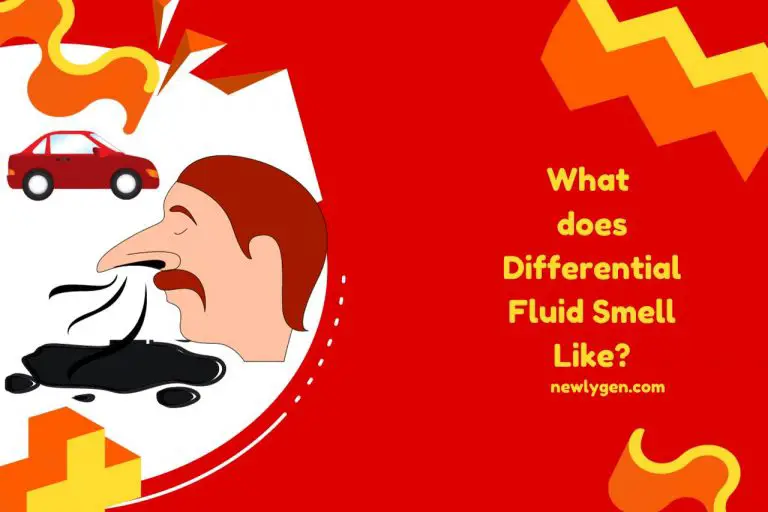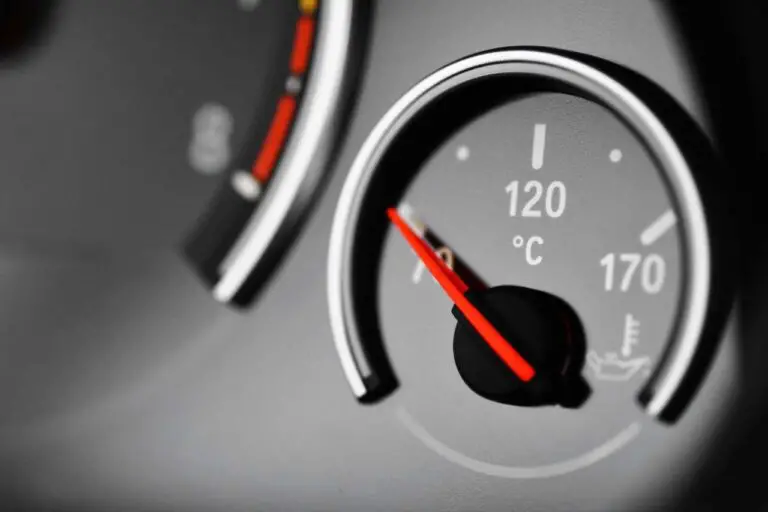Can you Overfill Differential Fluid? Understanding the Basics!
Ever wondered, “Can you overfill differential fluid?” If you’re like me, a car enthusiast who’s always keen on getting things right, this might have crossed your mind. Ensuring the right differential fluid level isn’t just a box to tick, it’s about optimizing our vehicle’s performance. In this guide, we’ll explore the signs of overfill, understand why getting the level right is so essential, and more. So, buckle up and let’s journey together through the ins and outs of differential maintenance!
Can you Overfill Differential Fluid?
Yes, it’s entirely possible to overfill differential fluid in a vehicle. Overfilling can result in various complications detrimental to the vehicle’s performance.
To understand the implications, consider the following points:
- Increased Pressure: Overfilled differential fluid causes increased pressure inside the differential case. This heightened pressure can lead to seals breaking or fluid leaking, damaging nearby parts.
- Foaming: The excess fluid agitates and may foam, reducing its effectiveness in lubricating gears and bearings.
- Potential Damage: The excessive fluid can cause components to immerse entirely, potentially leading to overheating and premature wear.
Why is the Correct Differential Fluid Level Crucial?
Understanding why the correct differential fluid level is crucial begins with recognizing its role in a vehicle. The differential fluid acts as the main lubricant for the intricate gear system, ensuring smooth functioning.
Delving deeper:
- Optimal Lubrication: A proper fluid level ensures that all gears and bearings are adequately lubricated, minimizing wear and friction.
- Temperature Regulation: The right amount of fluid dissipates heat effectively. Insufficient or excessive fluid can lead to overheating, affecting gear performance.
- Seal Protection: Maintaining the correct level prevents undue pressure on seals, avoiding leaks and potential damages.
Symptoms of Differential Fluid Overfill
Identifying the symptoms of differential fluid overfill is essential for maintaining vehicle health. When too much fluid is present in the differential, it can create a set of distinctive signs.
To understand better:
- Leaking Seals: One of the most apparent indicators is fluid leakage around the differential seals. Overfilled fluid exerts more pressure, making seals more prone to breach.
- Increased Heat: Overfill can compromise the fluid’s ability to dissipate heat, making the differential run hotter than usual. Over time, this can cause wear and potential damage.
- Noise and Whining: Excessive fluid might lead to frothing, which in turn causes a lack of proper lubrication. This can result in unusual noises, like whining or humming, especially when turning.
- Erratic Behavior: In extreme cases, an overfilled differential might affect the vehicle’s traction and behavior, especially in conditions demanding more from the differential like off-roading or sharp turns.
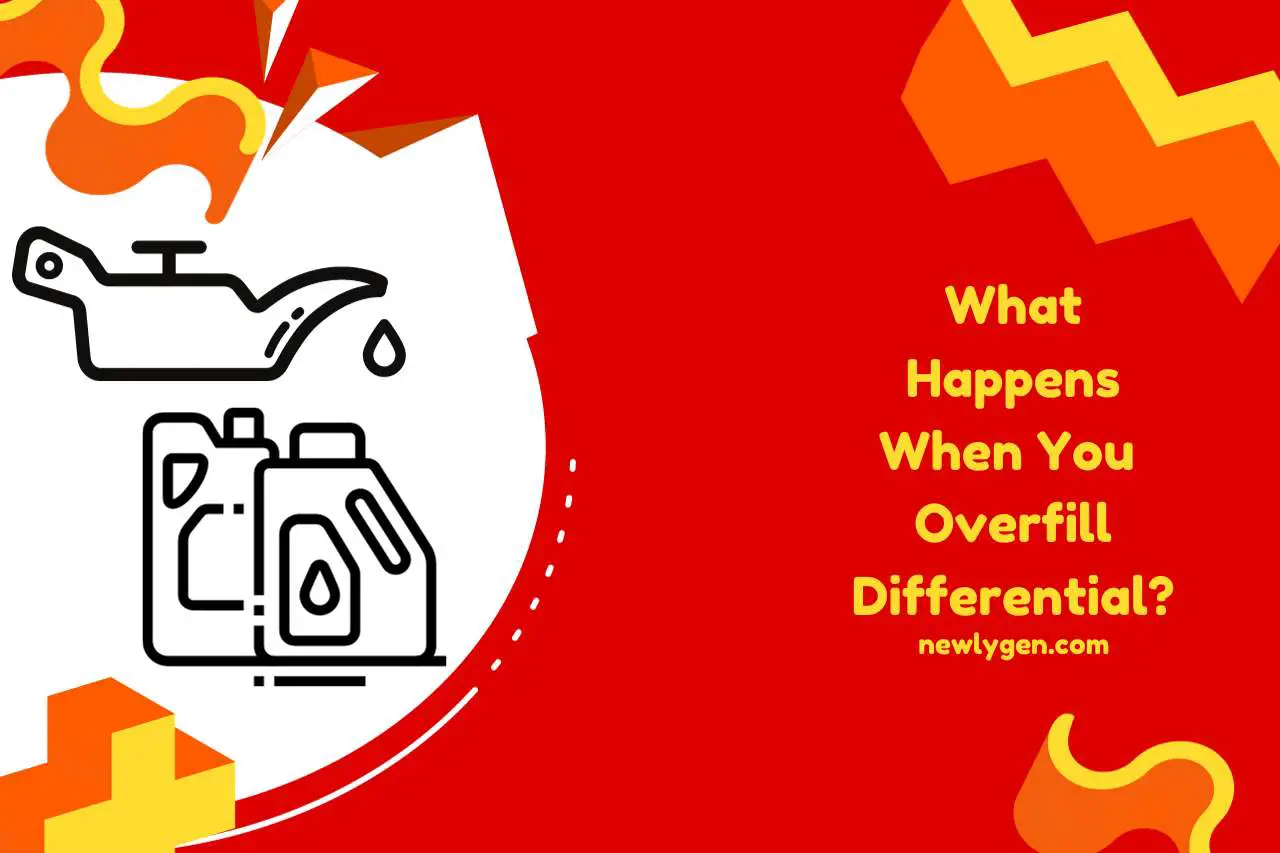


What Happens When You Overfill Differential?
When you overfill the differential in a vehicle, it leads to increased internal pressure. This heightened pressure can compromise the system’s overall functionality and durability.
To delve deeper:
- Pressure on Seals: The primary concern is the undue pressure exerted on the differential seals. This might result in leaks, with fluid escaping from the system.
- Fluid Frothing: Overfilled fluid can froth when the gears churn it excessively. Frothy fluid doesn’t lubricate as effectively, increasing wear on gears.
- Increased Operational Temperatures: The differential can get excessively hot due to decreased efficiency in heat dissipation, risking premature wear.
- Potential Component Damage: In the worst cases, the undue pressure can lead to damage to bearings or even cause the differential casing to crack.
How to Drain the Excess Differential Oil?
The best way to drain excess differential oil is to carefully remove the differential drain plug and let the surplus fluid seep out.
Steps to Follow:
- Preparation: Elevate your vehicle safely using jacks or ramps. Ensure it’s stable and wear safety gear like gloves and goggles.
- Locate the Differential Plug: Usually situated at the bottom of the differential housing. You may need to refer to your vehicle’s manual for specifics.
- Remove the Plug: Using the appropriate wrench or socket, slowly loosen the drain plug. Let the excess oil trickle out into a container. Be ready with rags or paper towels for any spills.
- Reinstall the Plug: Once drained, securely reinstall the drain plug, ensuring it’s tight to prevent any future leaks.
Watch this one,
Video Credits – Garage 54
You May Also Like
- Can Bad Differential Fluid Cause Vibration? Unveiling the Truth!!!
- How to Replace Rear Differential Fluid? Mastering Vehicle Maintenance!
- How Often to Change Differential Fluid? Understanding Your Car!
- Is Differential Fluid Flammable? Unmasking Myths!
- Does Differential Fluid Need to be Changed? Ensuring Your Car’s Health!
- Cost to Change Differential Fluid – (DIY vs Professional Services)
- What Color is Differential Fluid? Decoding the Shades!
- What does Differential Fluid Smell Like? Unraveling the Mystery!

